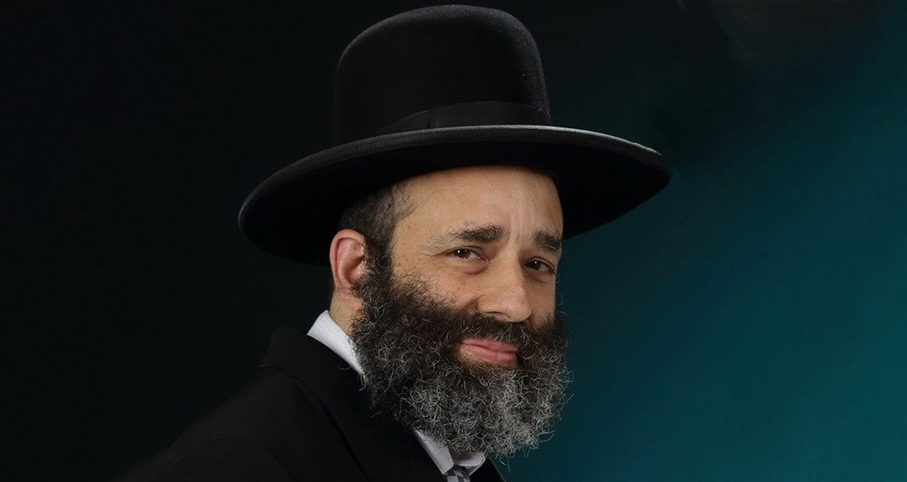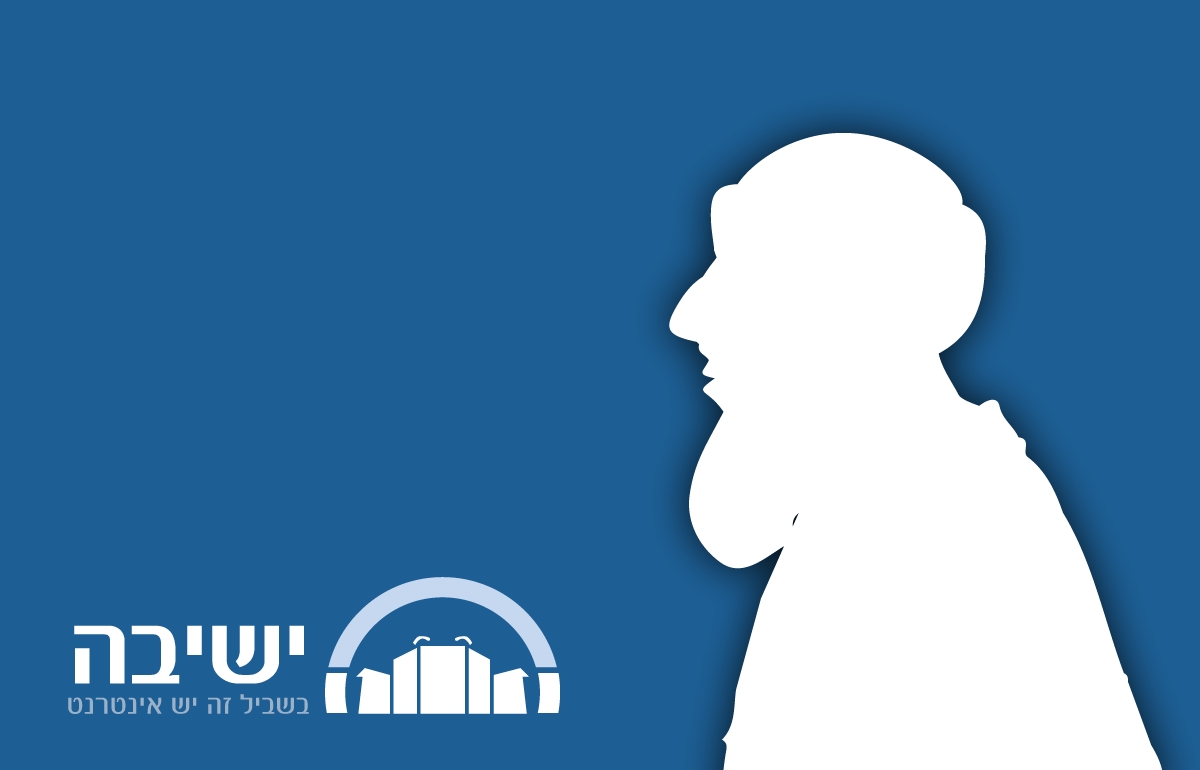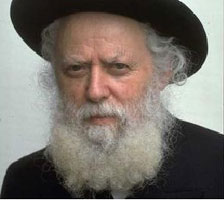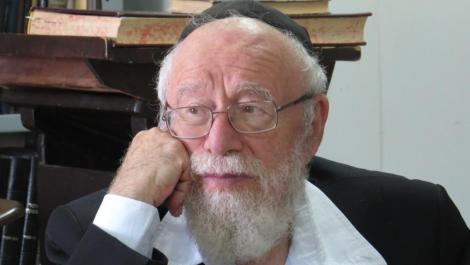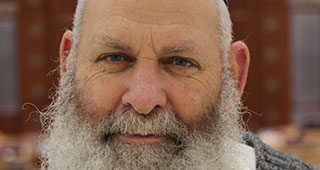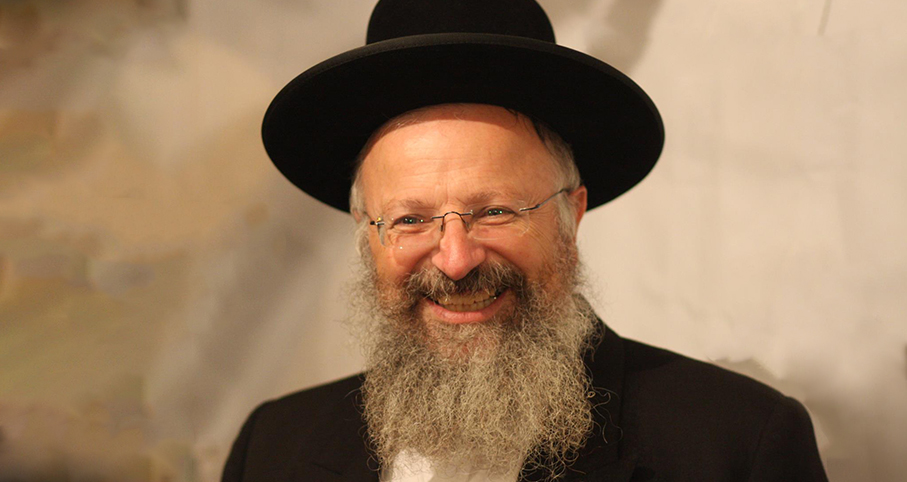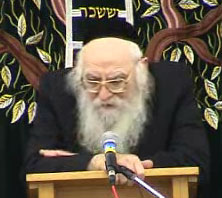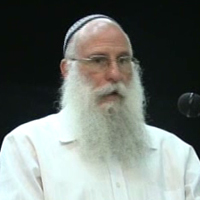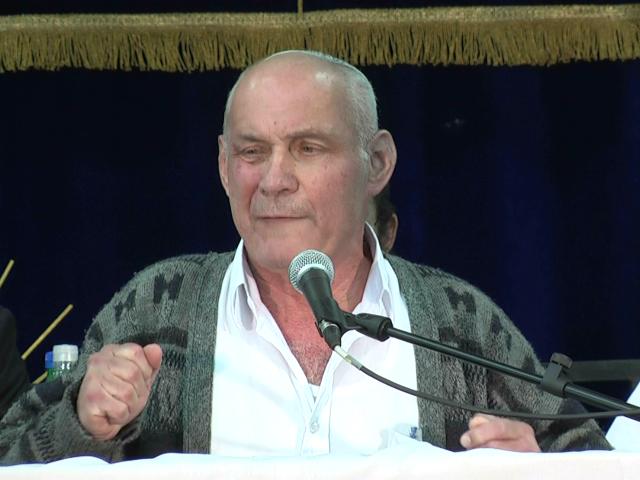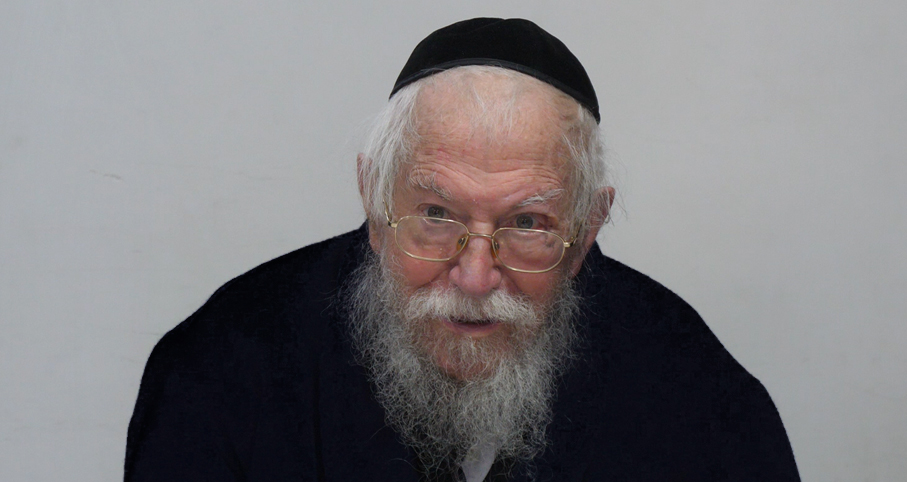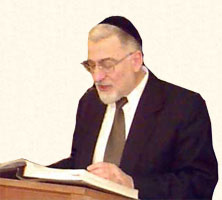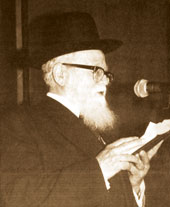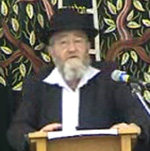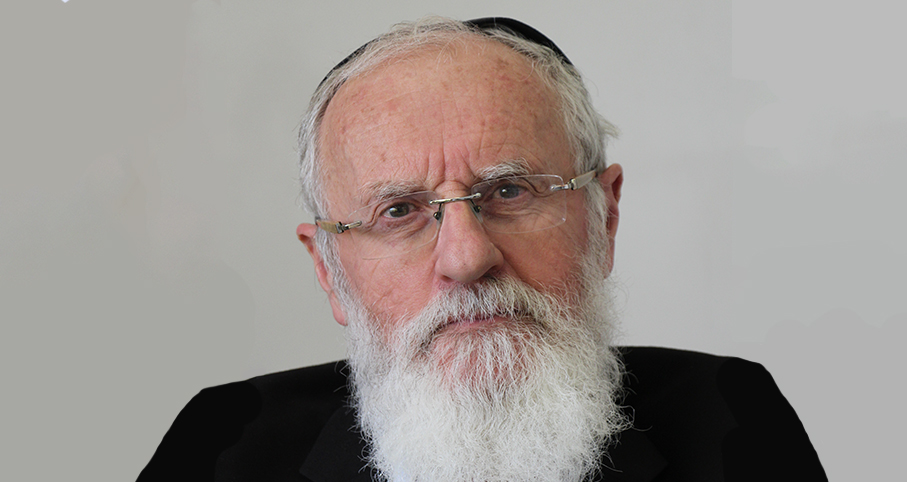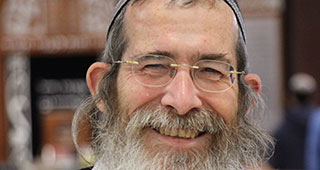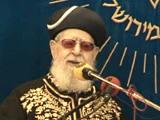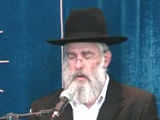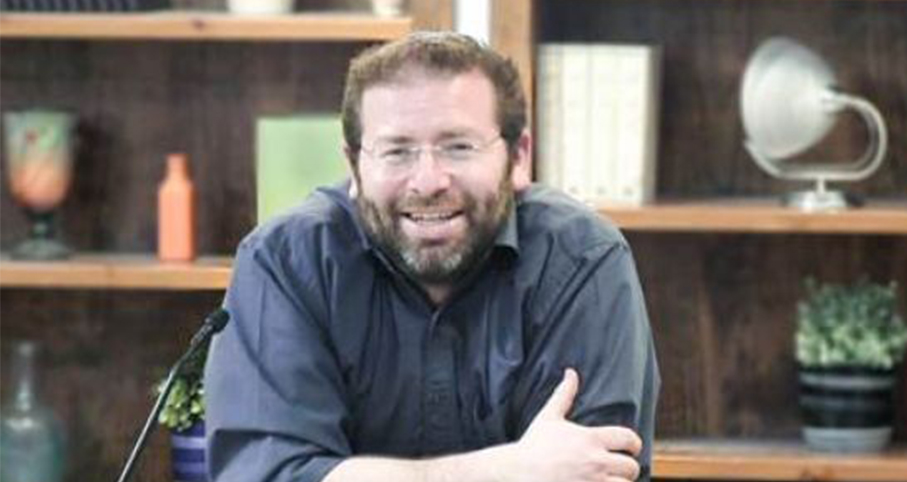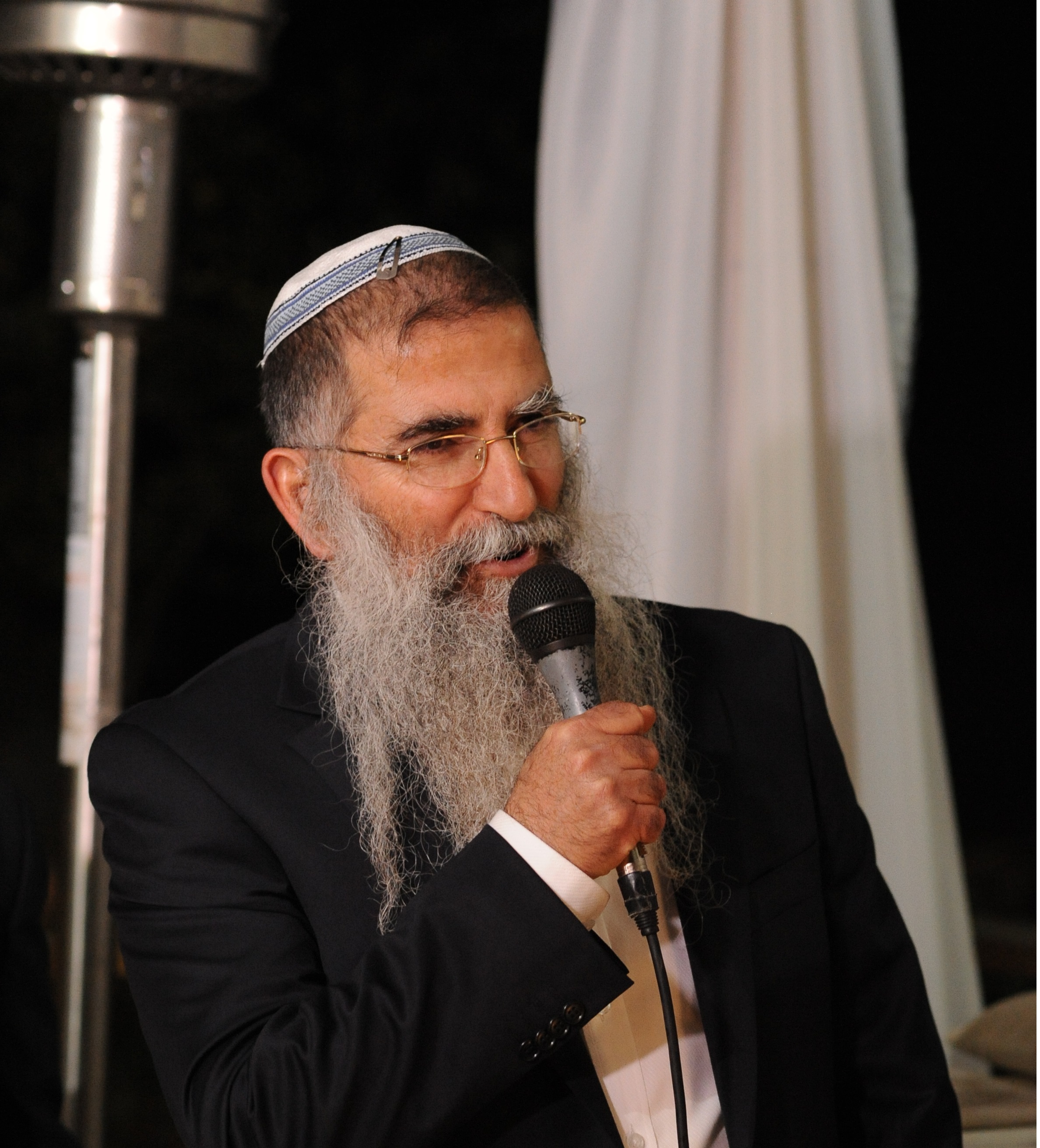Beit Midrash
- Sections
- Chemdat Yamim
- Parashat Hashavua
- Torah Portion and Tanach
- Bereshit
- Vayishlach
His "journey" began (ibid. 28:2-22) and ended (ibid. 35:1-15) in Beit El. In both cases (ibid. 28:19; 35:15), the Torah uses almost the exact same language to describe that Yaakov called the place of his encounter with Hashem, Beit El (literally, the house of Hashem). As a national leader, he continued the lead of his grandfather, Avraham.
Avraham (called a prince – ibid. 23:6), led a fighting force into battle. He was not afraid to take on a powerful Mesopotamian army that had captured his nephew (ibid. 14:14-16) and defeated them in a brilliant nighttime attack, and freed the captive soldiers and civilians. Avraham negotiated and made pacts with kings (e.g., with Avimelech, King of Plishtim – ibid. 21:27-32). Avraham was also active in spiritual leadership, which attracted many people to his "camp." On the pasuk "the souls they made in Charan" (ibid. 12:5), the midrash (Bereishit Rabba 39:14) says it refers to the men and women, respectively, that Avraham and his wife Sarah converted.
Yaakov acted similarly. He prepared for war (see ibid. 32:8-9 with Rashi) and fought with the angel of Eisav, who admitted that Yaakov was a leader, which should reflect itself with the name Yisrael (see ibid. 29). Yaakov and family carried out negotiations with the ruler of Shechem, reaching an agreement that started to be implemented. After Shimon and Levi caused a crisis (we will not get into Yaakov’s grievances with Shimon and Levi’s excesses), the Torah reports that the people of the region were afraid of the divine protection that they sensed Yaakov’s family enjoyed (ibid. 35:5).
Midrashim also attribute significant numbers of conversions to Yaakov (Bereishit Rabbati, pp. 152-3). One of the hints in the Torah to this is Yaakov’s instructions to those who went along with him to remove the idols from their midst (ibid. 2), a step that is the first condition for conversion. The existence of these converts is not only hinted to in Sefer Bereishit but also in Sefer Yehoshua.
In the Torah section (ibid. 35:1-6) that discusses the removal of the idols from Yaakov’s encampment, Hashem told Yaakov that the time had come for him to make an altar to Him in the place where Hashem had appeared to him as he was about to leave the Land. The idea of erecting an altar and calling out in the Name of Hashem appears already when they were just approaching Shechem (ibid. 33:18-20). Next week we will try to understand the connection between these two episodes of using the altar.
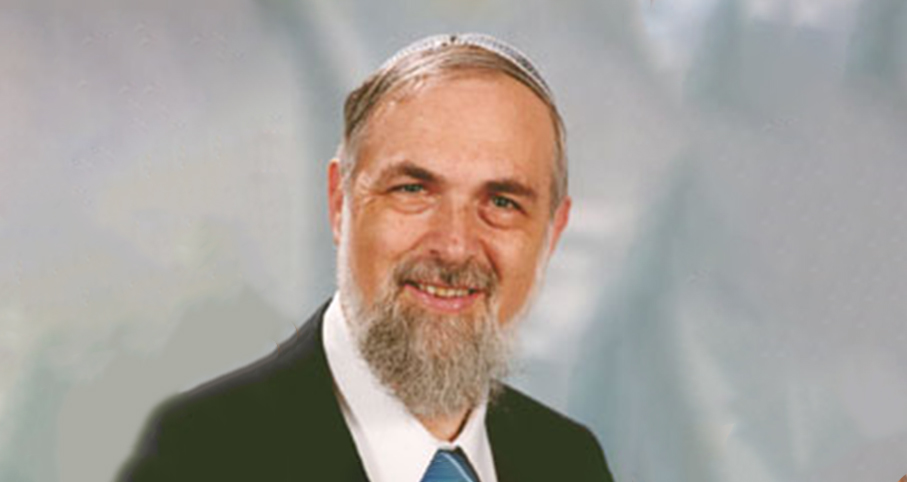
Giving More Than You Have?
Rabbi Yossef Carmel | 20 Cheshvan 5767

The Ability to Give In – part II
Rabbi Yossef Carmel | Nisan 6 5778

Parashat Hashavua: “All Creation Will Know” – part IV
Rabbi Yossef Carmel | Elul 5785

